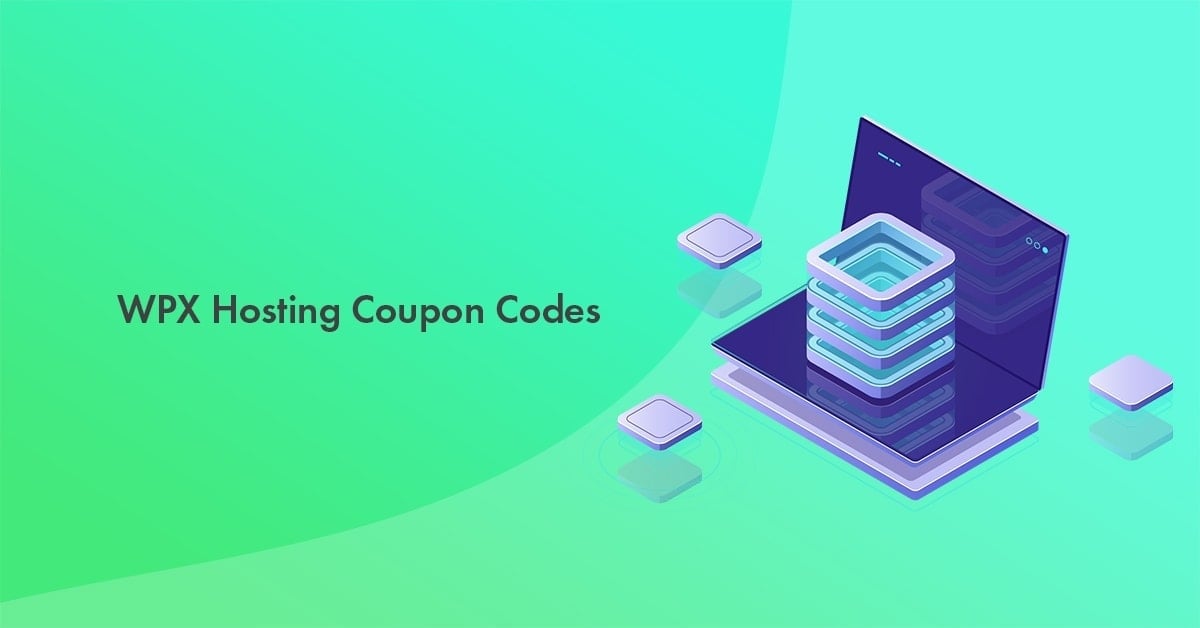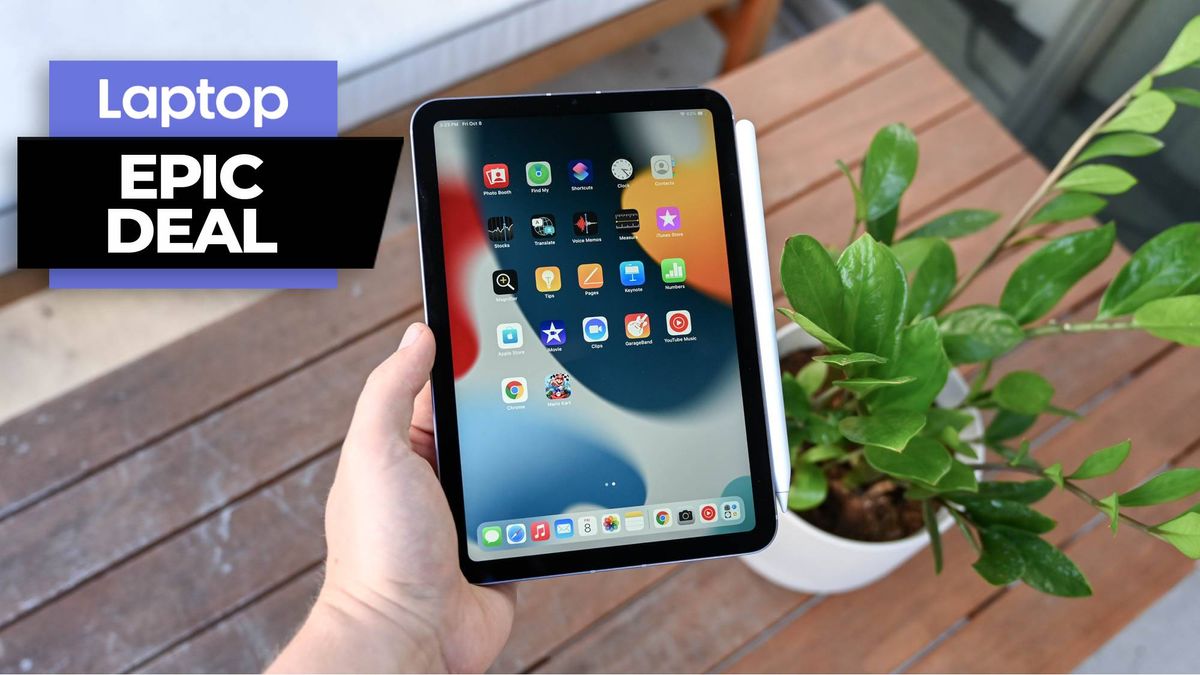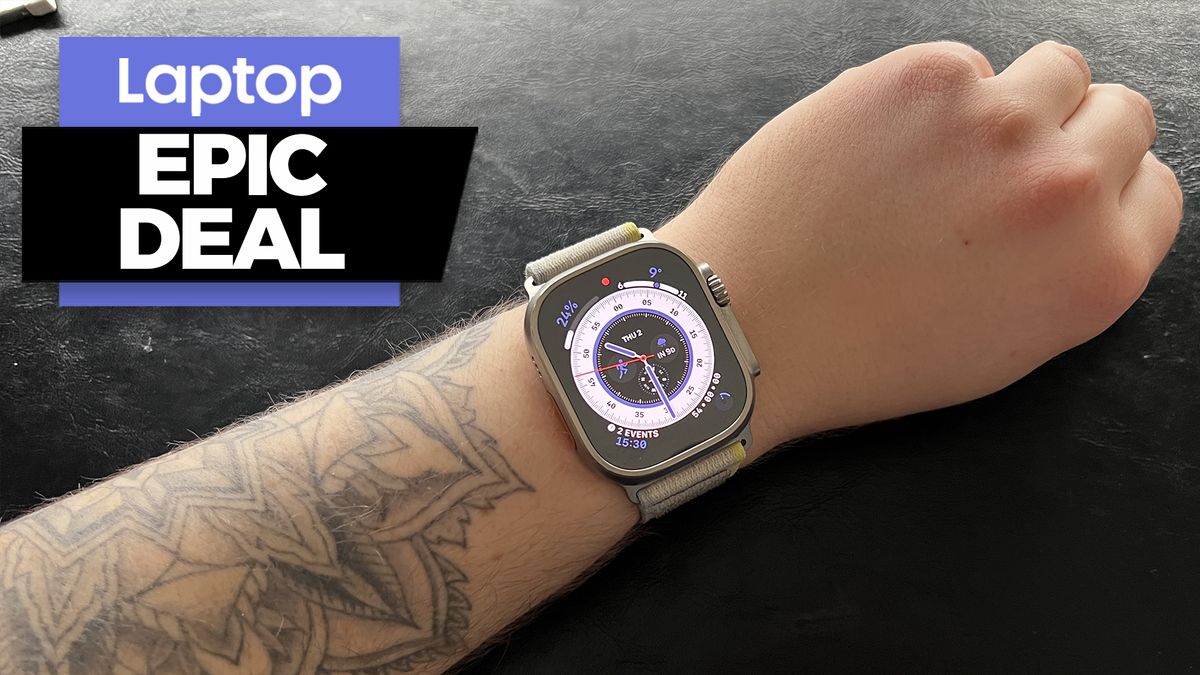
CMSWire catches up with Contributor Alan J. Porter on content strategy and building in audio and intelligent models for the future.
It’s a visual and audio world. Those content types seem to dominate beyond the written word. Though we won’t knock that medium too much.
However, media brands, customer experience professionals and marketers alike must recognize people want to hear and see things. Welcome to the world of podcasts and other audio content along with, of course, streaming and video.
And it’s up to CX professionals and marketers to find value in those content types.
“To really extract the value from all the audio assets we are creating, we need to stop treating them as monolithic file types and start thinking of them as collections of modular objects,” Porter wrote in his CMSWire column earlier this year. “I’ve started to do that to some extent in the personal podcasts I produce.”
We caught up with Porter for a Q&A on the topic:
Editor’s note: This transcription has been edited for clarity.
Delivering True Value for Podcast, Audio Content
Dom Nicastro: Hey, Alan J. Porter is with us today. I’m Dom Nicastro. He’s a CMSWire contributor, and he’s the chief content architect at Hyland Software. What’s going on, Alan?
Alan J. Porter: All right, it’s good to get to talk to you, Dom.
Nicastro: It’s great to talk to you too. And thank you for being a CMSWire contributor. You’ve been in that family for more than five years now, five or six years. So I can’t thank you enough for taking what you’re hearing in the industry and dispensing your wisdom with our readers.
Porter: It’s an absolute pleasure to do it. I actually look forward to doing each month strangely enough.
Nicastro: Alan, we’re talking about podcasting. And it just really is making the content within the podcast valuable, and not just posting it. And please listen everybody, you know, really diving in and getting at the granular level. And one of the things you say, in the articles, you want folks to start, you know, thinking of these content models as audio. You want these audio assets to be thought of as modular objects. I would love for you to elaborate on that.
Porter: Sure. So, you know, I spent a good 20-to-30 years in the content industry. Now I started out in the aerospace industry, where just, you know, we always did create content that was modular. We created it in little pieces, and, you know, applied it to a particular aeroplane, or a particular part of an aeroplane. And we ended up moving the content around a building systems around that.
So we’ve been doing it for text, you know, 20-to-30 years now, starting to see it in marketing people talking about atomic content in marketing, creating modular content in marketing. But as you know, basic things like podcasts and audio and chatbots and things, we’ve sort of defaulted back to the old model of just creating something and putting it out there and hope, as you said, and hope somebody listens to it, and we lose the value of what’s in that audio asset.
So, you know, I’ve been podcasting for about five years now. And we still tend to do that. We, you know, we tend to record a show and edit it and put it out there. But I’ve started really playing around with recording shows in snippets now. So recording in, you know, smaller snippets that then I can reuse those modules somewhere else, you know.
I started off by doing it with a with a repeated stuff, you know, that stuff like the intros and outros that we use for every podcast. Yeah, you know, do that as an individual file. But then I started thinking about the content in between? Could I start actually, just rather than sitting down and just talking into the mic for half an hour or an hour, could I actually record those or even go in and edit them and label them within my own management system as discrete objects that I could then reuse, run transcription software against them, whatever.
But I started thinking about what’s actually in that content that could be valuable that I might want to reuse somewhere else. And how can I get that and get it out in an easy, manageable way.
Related Article: Optimize Content Operations With a Modular Content Strategy
Nicastro: Yeah, that’s such a good point. Because, you know, we do our own podcasts, CX Decoded. I’ll let you give a shout out to your podcast name too if people want to listen to that. When we’re doing it, and I’m sitting there, I’m thinking it’s been 20 minutes, it’s been 25 minutes, when are we losing people? I’m always worried about we’re going too long, we’re going too long. I like the conversation. But we’re going too long. I love that idea of having those snippets, and really extracting that and making them just little “chunkable,” little consumable items.
Porter: Yeah, especially as you go through, you know, some, there’s always that valuable nugget of information that a guest will send out or a nice sound clip. So even if you don’t modularize it while you’re actually doing the recording, while you’re actually doing the postproduction, maybe go out and just “Oh, that was a cool piece. Let’s let me make a copy of that.” And, you know, bring that out.
Recognizing the Value of Content Metadata
Nicastro: Yeah, exactly. And another thing you talked is the value of metadata and making sure you’re constantly, you know, aware of that, adding that in. Can you speak a little bit to that, about the value of metadata in these content models?
Porter: Yeah, so the, you know, the idea of adding the metadata is, you know, is not just knowing what the content is, but what it’s about. So just adding that information, even if it’s just a separate README file that you keep alongside it to start with, or you know, just even in the file naming or something that you start putting the information in there so you can you can find it. You can then reuse it and know what context that it works in as well. And maybe even which distribution channels you want to put it on. So just building content about the content, if you like, can be really valuable.
Nicastro: Yeah. And did I read in this article? I hope I read it because I’m editing the I edited the title. What have you done? There is a podcast in its infancy between you and your wife? Yeah, what I gotta get on that. What’s that about?
Porter: Um, so both my wife and I are big geeks as you can probably tell from actually in the background behind me with all the Batman statues. We’re a big pop culture family. There’s all sorts of stuff here around me So we talk about pop culture stuff a lot. We talk about movies, we read a lot of books, we talk about books, we talk about comics, we talk about music.
And that’s usually our morning walk is, is just talking about stuff that we’ve watched, listened to read blah, blah, blah. And it’s like, well, rather than just the ducks and the turtles in our local pond, hearing it maybe some other people might be interested in those conversations as well. It sort of grew out of that. And it’s like, well, why don’t we do a podcast around that?
So we’ve only put two episodes out so far. But yeah, we aim to do it monthly, it’s called, Can’t See the Forest. And you can find it on Spotify on Anchor.fm if you want to go listen to it. So if you want to know what it’s like for to go watch three different versions of “Death on the Nile” on three consecutive days, that’s what we did last month, and talk a bit about that.
Nicastro: Yeah, my wife and I say the same thing. That should be a podcast, that should be a podcast. I think some acting running titles would be, “What’s for Dinner?” Right? Yeah, that’s a husband-wife podcast. And, and by the way, there’s never an answer to that one. And then the other one would be like, “He’s Brain Dead.” That would be a whole topic of how I’m brain dead. So that—that’s her favorite term for me.
Related Article: 6 Podcast Marketing Tips for Better Listener Adoption
Embracing Content Models of the Future
But Alan, you know, final question, looking forward for the rest of 2022. You’re an active contributor for us. Thank you again, what kinds of things are you tracking? And maybe we can expect in future articles?
Porter: What you just mentioned. My job title is chief content architect. It’s a new role. So I think, into that role, and starting up a content engineering practice at a large software company, and really sort of helping educate and get people thinking about content as an asset in the business, I think that’s really going to start to spark some interesting ideas to actually go through the practicalities of doing that over the next sort of 12-to-18 months — two years, I think that’s really going to help drive some of the thinking
And also still doing a lot of things that are on the leading edge, playing around with not just audio visual, video, but augmented reality and AI and all that sort of stuff. So I think we’re in a very exciting time in content things that are happening with content. So I think there’s going to be more than enough subjects out there to talk about over the next 12-to-18 months.
Nicastro: Right and we’ll be talking about it on the tried and true content model: articles on a website. Which is not going away anytime soon.
Porter: No, it isn’t.
Nicastro: We appreciate you being a part of that model with us at CMSWire as a contributor and thank you so much, Alan Porter of Hyland Software, have a good one.
Porter: Thank you. Great to talk to you, Dom.






